In Photos: Mission to 2,000-Year-Old Antikythera Shipwreck
Suiting Up
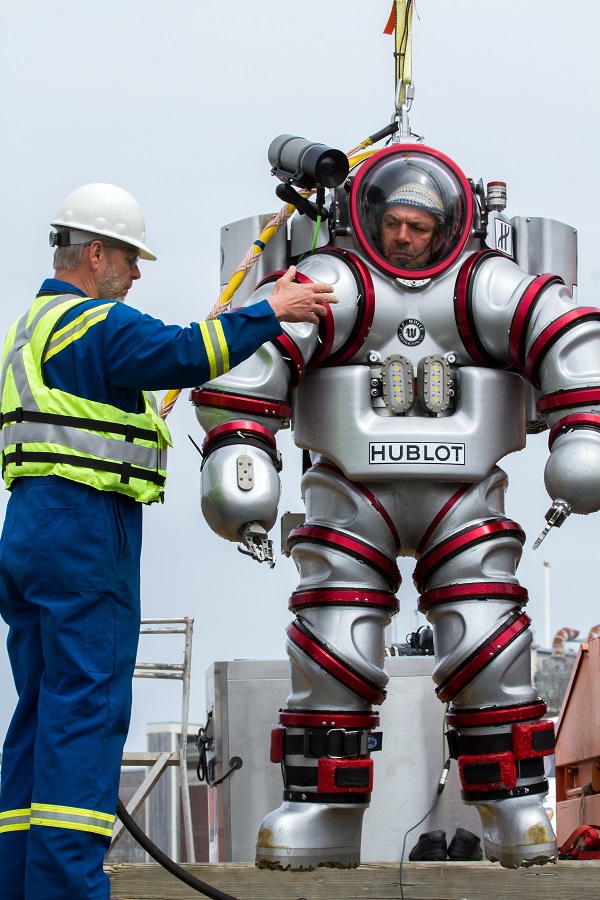
In September 2014, scientists plan to explore the 2,000-year-old Antikythera shipwreck, looking for sunken statues, gold jewelry, and other ancient artifacts lost in the Agean Sea. For the mission, they'll use the Exosuit, pictured here, that allows the operator to safely descend hundreds of feet below the surface.
Preparing the Exosuit
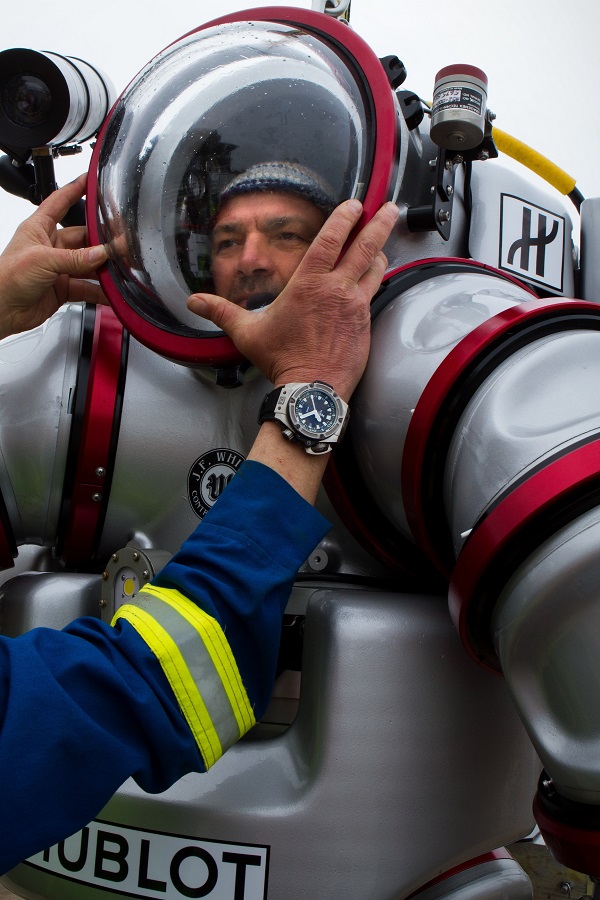
Marine archaeologist Theotokis Theodoulou is co-director of the Antikythera mission and the first researcher on the team certified to pilot the Exosuit. Here he prepares for a test dive.
Exploring the Wreck
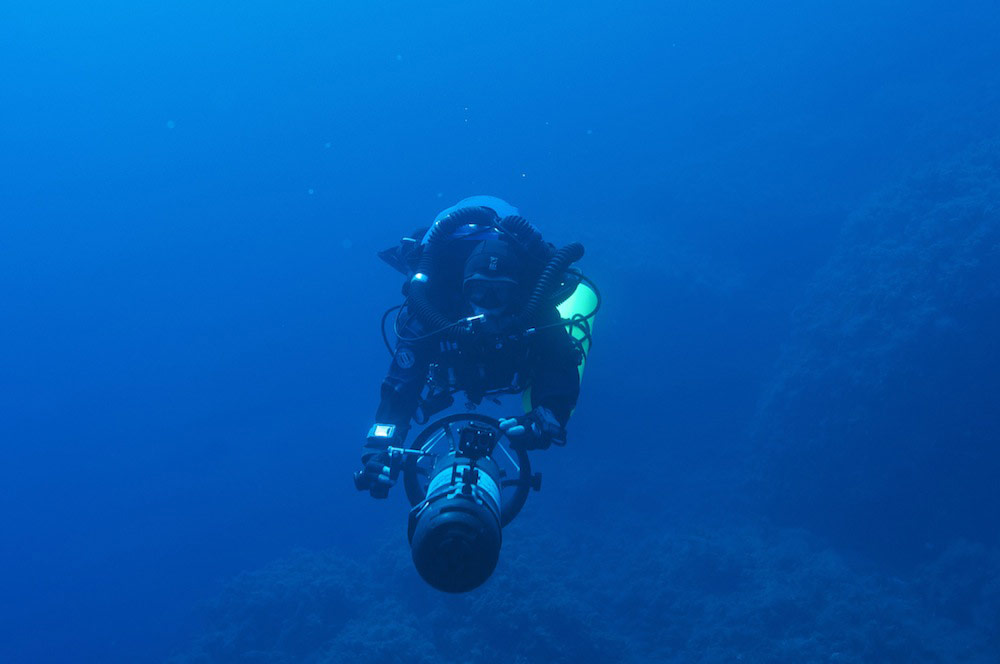
Divers have already done some preliminary scouting of the wreck site.
The Mechanism

The most famous discovery from the shipwreck is called the Antikythera mechanism. Its an ancient analog computer that tracked the movement of celestial bodies and scientists hope they will find other instruments like it.
Deploying the Exosuit
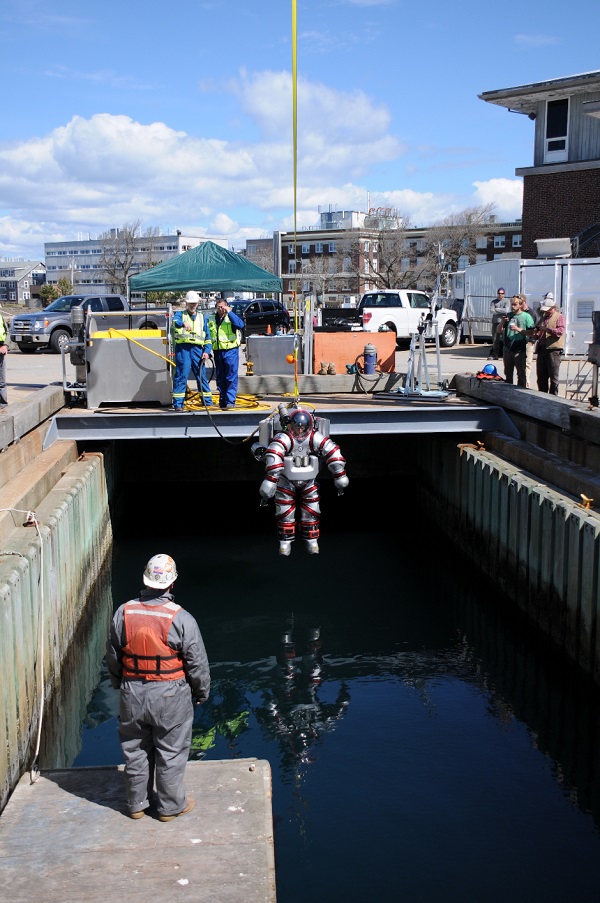
Operators can quickly haul the Exosuit up from hundreds of feet below the surface without the risk of the diver getting decompression sickness.
Digging for Treasure
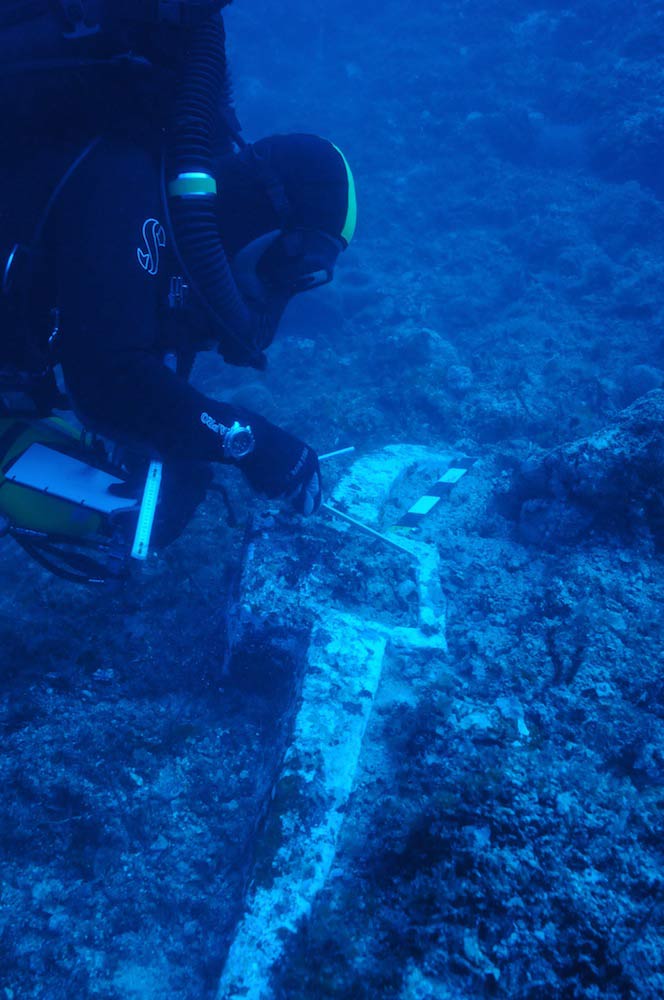
Here a researcher examines the ship's anchor. Divers will be able to explore much more of the wreck using the Exosuit.
Exosuit Launches

The Exosuit allows the operator to reach up to 1,000 feet below the surface, and gives the operator up to 50 hours of bottom time. Phil Short, diving operations manager of the mission, conducts a test run of the Exosuit.
Get the world’s most fascinating discoveries delivered straight to your inbox.
Exosuit at Antikythera
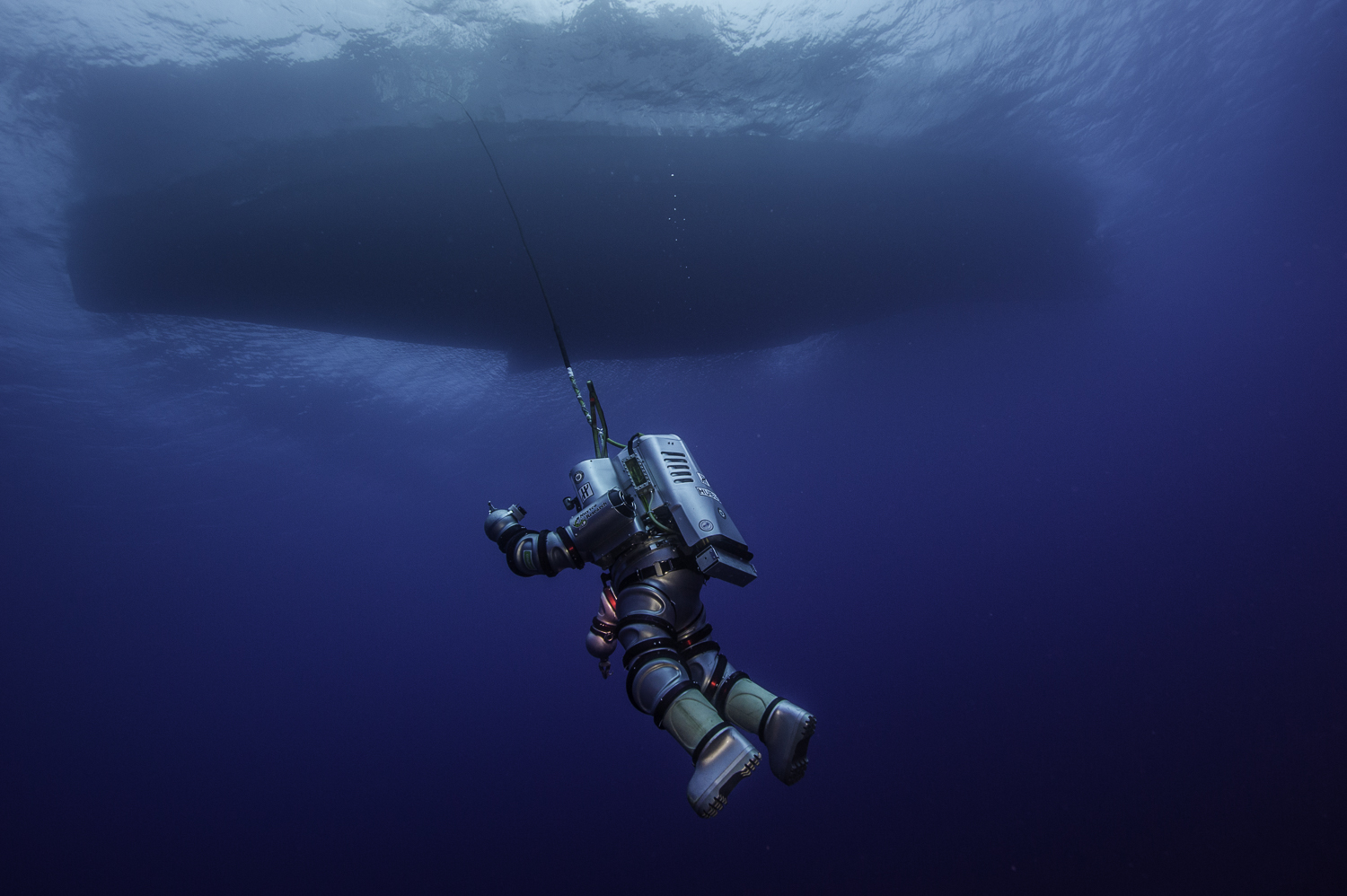
Phil Short was only able to pilot the Exosuit near the end of the "Return to Antikythera" mission, which lasted from Sept. 15 to Oct. 7, 2014.
Diving to the Wreck
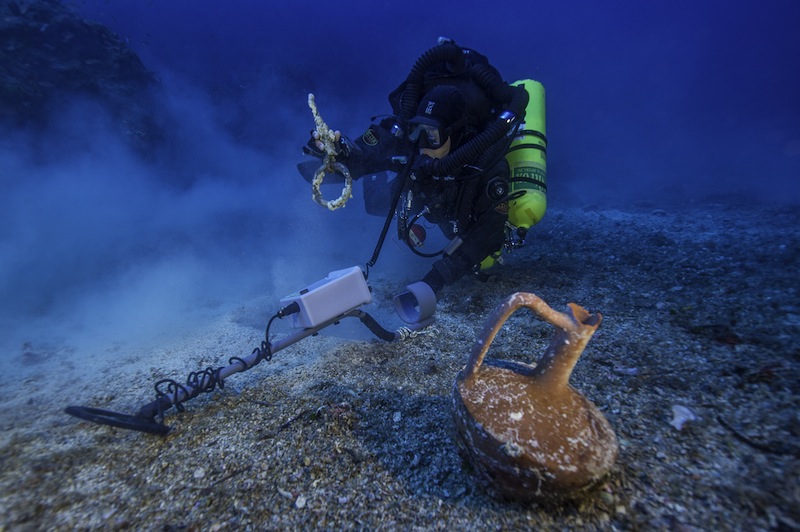
Divers also explored the undersea wreckage using rebreather technology, which recycles air and allowed them to stay underwater for up to three hours at a time to dig up some artifacts, like the lagynos shown here.
Bronze Spear
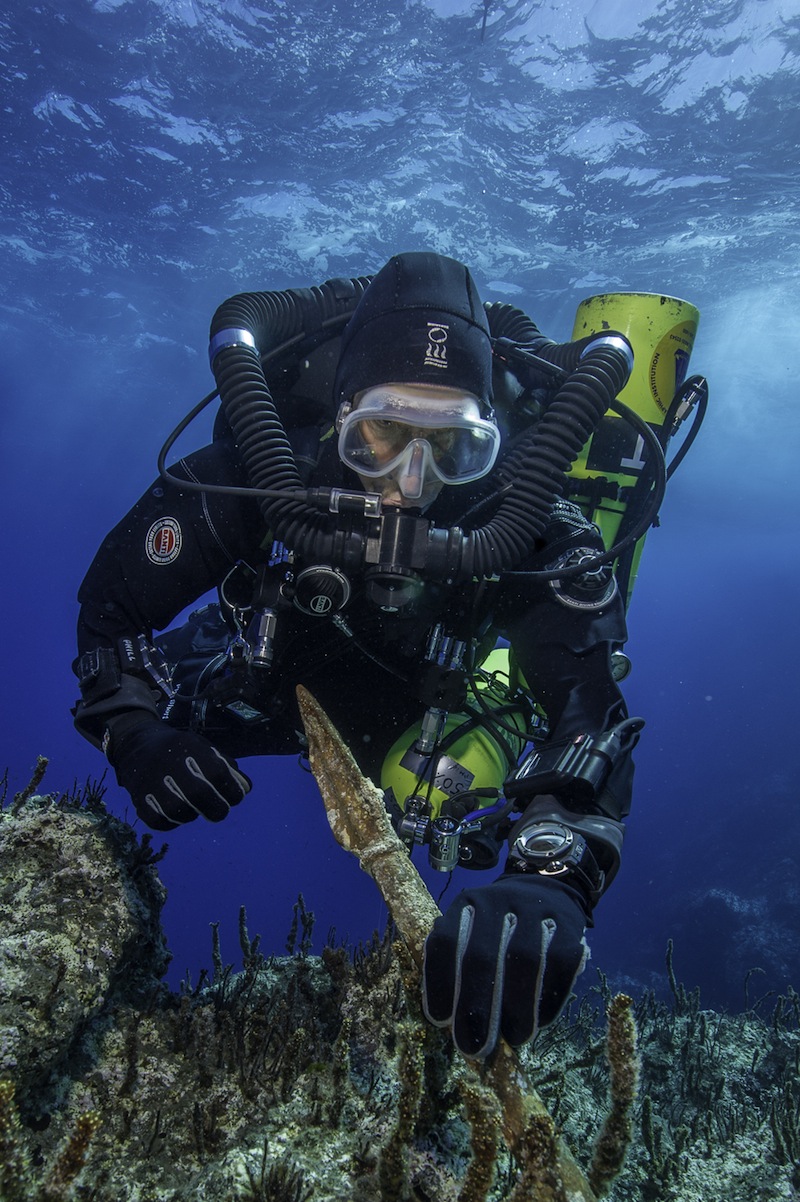
This bronze spear, too big and heavy to be a functional weapon, likely belonged to a statue. It was among several tantalizing artifacts that suggest there's much more to be found at Antikythera. The team plans to return to the site in 2015 for further excavations.
New treasure
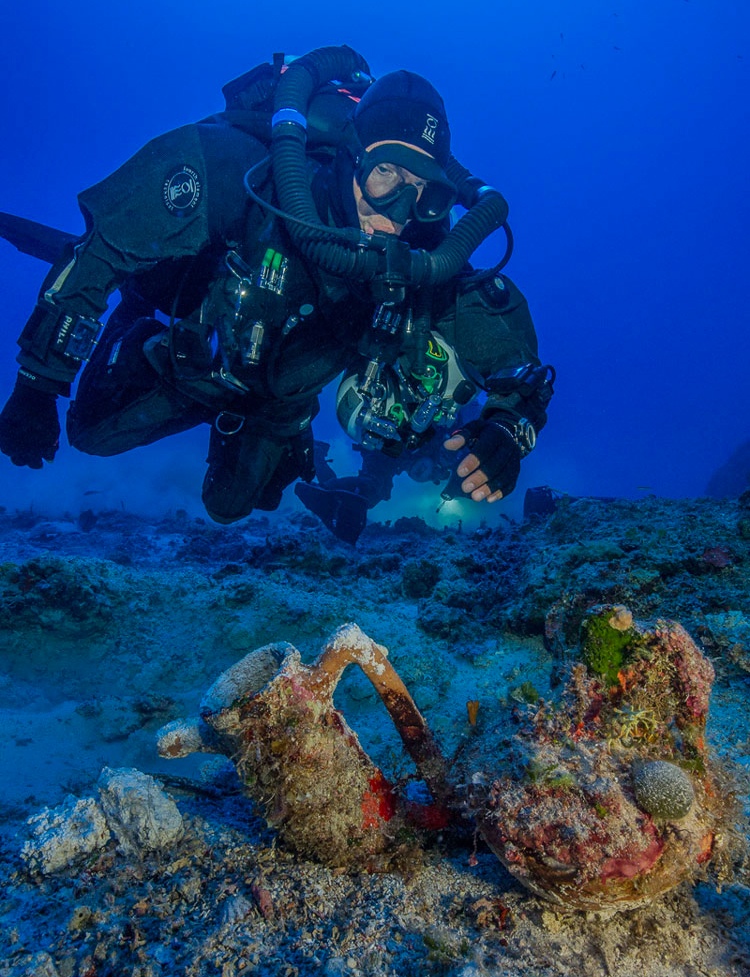
An archaeologist swims over artifacts at the site of the Antikythera shipwreck. In 2015, researchers pulled 50 new objects from the depths as part of the first scientific excavation of the wreck site.

